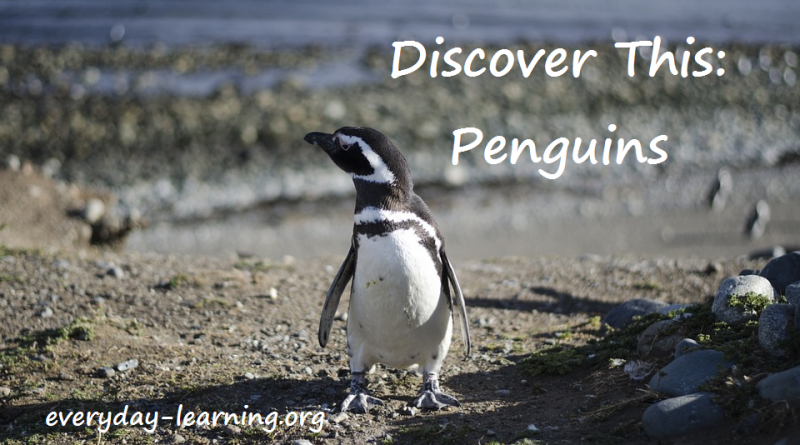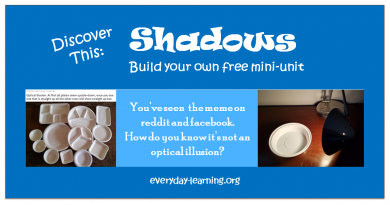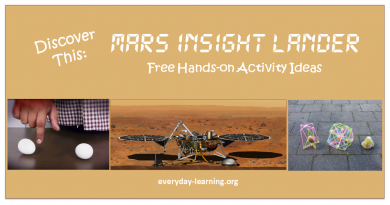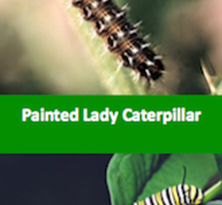Discovery This: Fairy Penguins
If your kids love feel-good stories about furry critters and adorable wildlife, check out this movie trailer about the true story of Fairy Penguins. It’s a perfect lead-in to January 20th’s National Penguin Awareness Day.
Intrigued and want to know more? Read about those cute little fairy penguins with this easy-to-read BBC news story. Keep reading for some free and ready-to-use learning ideas on how you can discover more about Penguins.
 |
 |
 |
 |
Create a Penguin Mini-Unit

- Graph Penguin Sizes (Math)
Fairy penguins might be small and adorable, but their cousin, the Emperor Penguin, can grow up to 3 1/2 feet tall and weigh about 75 pounds. How does that size compare to your child’s? Use the New England Aquarium’s Penguin species’ sheets to create a bar chart comparing the different penguin heights and weights. Extend this math lesson by challenging your kids to identify other animals or objects that are comparable in size to different penguin species.
- Habitats (Science and Geography)
Say “penguin” and most people will think of those waddling, tuxedo-like birds floating on icebergs. But, did you know that all species of penguins live in the Southern Hemisphere – including South Africa and the Galapagos Islands? Research the regions where penguins live and plot them on a map. Next, use the bar chart you made to compare heights and weights for different penguin species. Do you see a pattern in penguin sizes and where they live in the Southern hemisphere? Do the bigger penguins seem to live nearer to a certain part of the world? Why might that be? What is it about the habitat that may influence the size of the penguins? Also, when working on this mapping project, investigate what other animals live in the same region as the penguins. For example, are polar bears penguin neighbors?
- Predator and Prey (Science)
Whether you call it the Circle of Life or the Food Chain, one group of animals track down and eat other groups of animals. With Fairy Penguins, it was the foxes that decimated the flock. In some cases, the predator-prey cycle can lead to almost extinction for a species of animal. Take humans hunting whales for their blubber, as an example. Challenge your kids to pick an animal and create a predator-prey food chain diagram. You can work with penguins or pick an animal that is native to where you live. Once you finish the diagram, talk about what happens if you remove a predator from the cycle? Can that be equally damaging to an ecosystem? Not sure, then read the Smithsonian’s take on this topic.
- Flightless Birds (Science and Research Skills)
Penguins are not the only flightless birds to live in the world today. Take a look at this list from Encyclopedia Britannica for some other birds whose wings don’t work. Interesting list, but it’s not complete. For example, a close cousin of the ostrich is missing. Working with your child, brainstorm keywords you can use to research more living and extinct flightless birds. Once you’ve compiled a more comprehensive list of birds, take notes on each one. Look at their beaks, feet, wings, and size. How are they different? How are they the same? What is it about their biome (where they live) that allows them to survive from their predators?
- Building Empathy (Reading and Social-Emotional)
Tacky the Penguinis probably one of my all-time favorite picture books for children. It is one of the few stories that features an oddball character that is never pressured to change and conform to certain contrived social standards in order to be liked or accepted. Instead, all of the other penguins learn to appreciate Tacky for the great (and unique) qualities her brings to their lives. (Yes, even older kids like this book.) Once you read the book, talk about the ideas of acceptance versus peer pressure. Discuss why it is sometimes easier to laugh at someone who is different rather than consider them as courageous for being true to who they are.
Looking for more penguin fiction? You can also read the Newberry Honor book – Mr. Popper’s Penguins
, a story about a man who gets a penguin in the mail and soon winds up with a small flock of birds he has to care for.
Leave a comment and tell us what penguin projects you’re working on!




